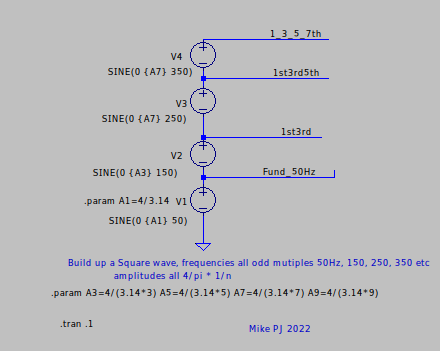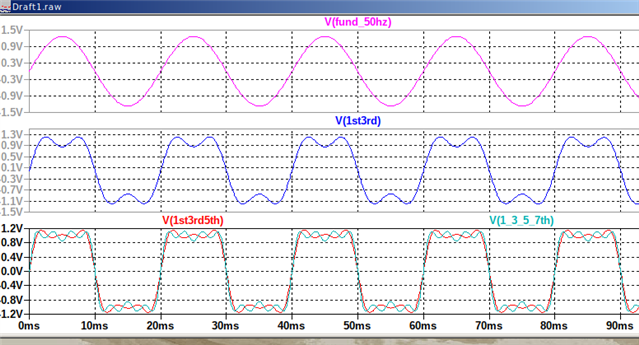So I have a (new) 1.5kW motor.
The motor rating plate declares the machine as being 380V 60Hz 3 phase, 3.96A and then ' WIRED IN STAR'.
The rating plate only gives details about the star configuration - it doesn't mention delta.
Looking inside the terminal box, all 6 wire ends are brought out - three being linked to form the star point.
Removing the star point reveals that all three coils are indeed electrically separate & the opposite ends are all displaced by one position as they would need to be if one was to reconfigure this machine into delta by turning the three links through 90 deg.
My question for the learned forum - why hasn't the manufacturer given any details about the delta configuration on the plate? Indeed he has even specified 'WIRED IN STAR'.
Why would he wish to rule out the use of the delta configuration? What badness might result from me re-configuring into delta & running from 220/3/60? The windings don't care whether they are in star or delta - if I apply 380/3/60 in star or 220/3/60 in delta the winding still has the same voltage across it.
What am I missing?

